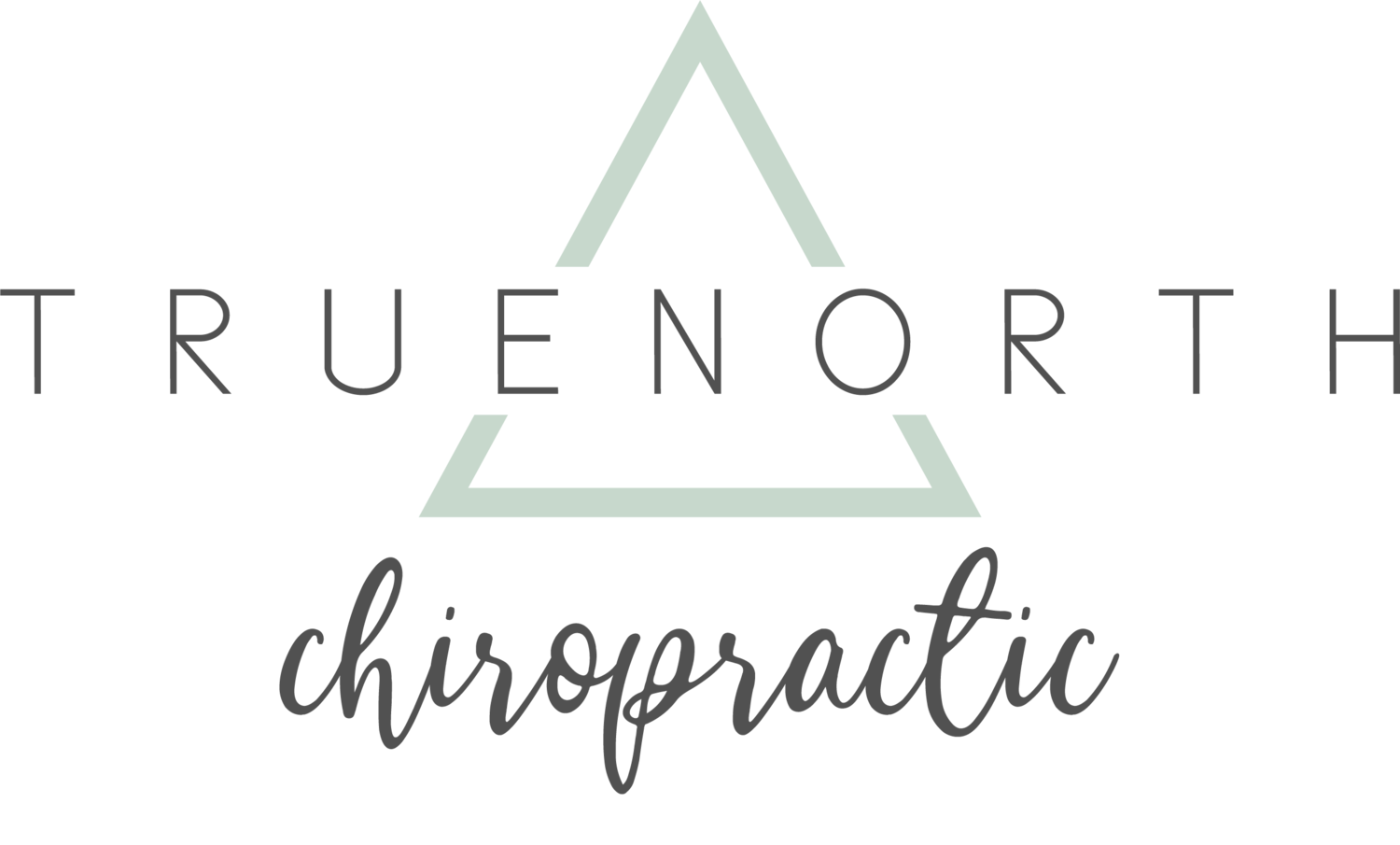Torticollis
What is torticollis?
Torticollis, sometimes known as wryneck, is a condition where a child’s head is tilted to one side while the chin is tilted in the opposite direction, producing a “twisted” appearance.
There are two types of torticollis: congenital (present from birth) and acquired (developed during childhood).
Why does torticollis happen?
Congenital torticollis is most often caused by spinal misalignment (subluxation), usually in the neck region, often because of a baby’s position in utero or due to birth trauma. As a result, there is contraction of a muscle called the Sternocleidomastoid (SCM), which connects from the skull to the sternum and clavicle. This muscle becomes contracted (shortened) secondary to subluxations and results in the head tilt appearance of torticollis.
Less commonly, congenital torticollis is caused by more serious underlying conditions. One such cause is called Klippel-Feil syndrome, which involves congenital fusion of cervical spine (neck) vertebrae.
Acquired torticollis can happen at any time during a child’s (and adult’s) life and may be caused by many factors, including sports injuries, sleep, playtime, falls, accidents, poor posture or general daily activities.
Both congenital and acquired torticollis may also involve spinal and nerve dysfunction, which manifest in the form of nerve irritation, muscle contraction, and the postural changes seen in torticollis.
What are the signs of torticollis?
You may notice your infant holding their head to one side, often associated with limited neck movement.
A small bump on the side of the neck may also be visible or felt (this is the SCM muscle in contraction).
Preference for breastfeeding on one side.
Uneven flattening of the skull and/or uneven hair loss pattern on back of the skull.
Frequent crying or signs of discomfort are commonly reported among children with torticollis.
Older children may verbalize neck pain, stiffness and headaches.
What are the potential long term effects of torticollis?
Limited range of motion which can affect activities of daily living.
Potential compromised function of ears, eyes and jaw.
Aesthetically unappealing appearance.
Elevated risk of cognitive and motor delays associated with deformational plagiocephaly.
Torticollis and Plagiocephaly
Plagiocephaly, otherwise known as flat head syndrome, is characterised by flattening of one side of the head, often caused by infants remaining in the same position for extended periods while the bones of their skull are still forming.
Children with torticollis are susceptible to developing plagiocephaly, since they’ll often find it most comfortable to sleep with their head turned to one specific side.
Plagiocephaly left uncorrected has the potential to affect a child’s ability to talk and chew, was well as the potential for sinus and vision problems.
References
Aker, P. S., Cassidy, J. D. (1990). Torticollis in infants and children: a report of three cases. The Journal of the Canadian Chiropractic Association, 34(1), 13.
Alcantara, J., Fleuchaus, S., & Oman, R. E. (2009). Resolution of torticollis, neck pain and vertebral subluxation in a pediatric patient undergoing chiropractic care. Journal of Pediatric, Maternal & Family Health-Chiropractic, 4, 1-9.
Alcantara, J., Ohm, J., & Kunz, D. (2009). The safety and effectiveness of pediatric chiropractic: a survey of chiropractors and parents in a practice-based research network. Explore: The Journal of Science and Healing, 5(5), 290-295.
Biedermann, H. (2005). Manual Therapy in Children: Proposals for an Etiologic Model. J Manipulative Physiol Ther; 28 (3).
Bussieres, A., Cassidy, J. D., & Dzus, A. (1994). Spinal cord astrocytoma presenting as torticollis and scoliosis. Journal of manipulative and physiological therapeutics, 17(2), 113-118.
Colin, N. (1998). Congenital muscular torticollis: a review, case study, and proposed protocol for chiropractic management. Topics in Clinical Chiropractic,5, 27-33.
Fallon, J. M., Fysh, P. N. (1997). Chiropractic Care of the Newborn With Congenital Torticollis. Journal of Clinical Chiropractic Pediatrics, 2(1), 116-21.
Hains, F., Donat, J., Cassidy, JD. (1992). Spasmodic torticollis: a case study. The Journal of the Canadian Chiropractic Association, 36(3), 146.
Moore, T. M., Pfiffner T. J. (1997). Pediatric Traumatic Torticollis: A Case Report. J Clin Chiropr Pediatr, 2(2):145-149.
Quezada, D. (2004). Chiropractic Care of an Infant with Plagiocephaply. Journal of Clinical Chiropractic Pediatrics, 6(1): 342-8.
Toto, B. J. (1993). Chiropractic correction of congenital muscular torticollis.Journal of manipulative and physiological therapeutics, 16(8), 556-559.
Williams, S., Alcantara, J. (2014). Improvement in Congenital Torticollis, Plagiocephaly & Breastfeeding Issues in an Infant Following Subluxation Based Chiropractic Care: A Case Study. J. Pediatric, Maternal & Family Health, 4, 87-94.
Siegenthaler, M. H. (2015). Chiropractic Management of Infantile Torticollis With Associated Abnormal Fixation of One Eye: A Case Report. Journal of Chiropractic Medicine, 14(1), 51-56.

